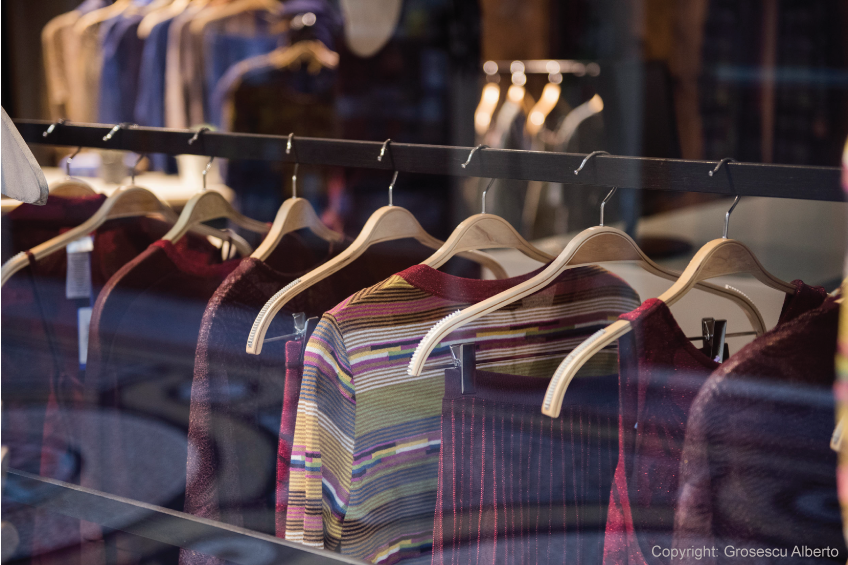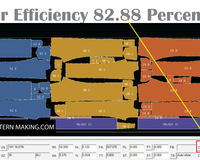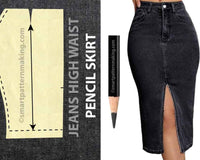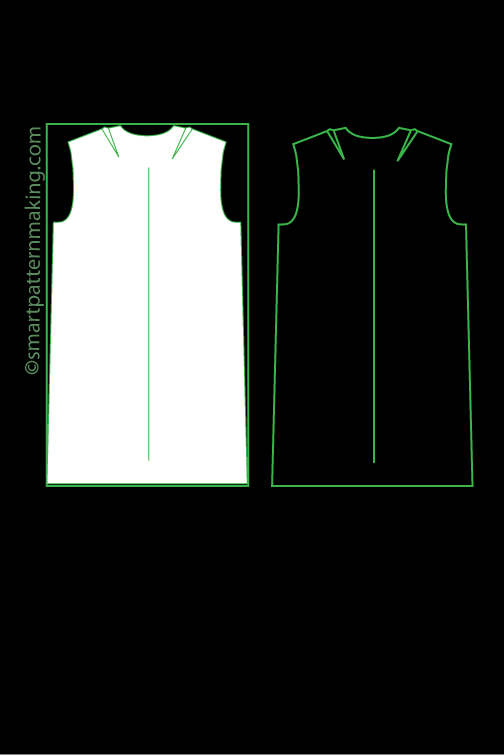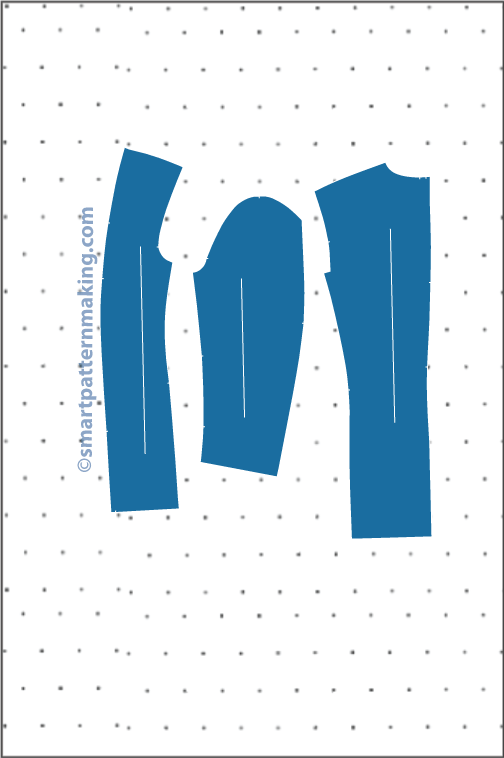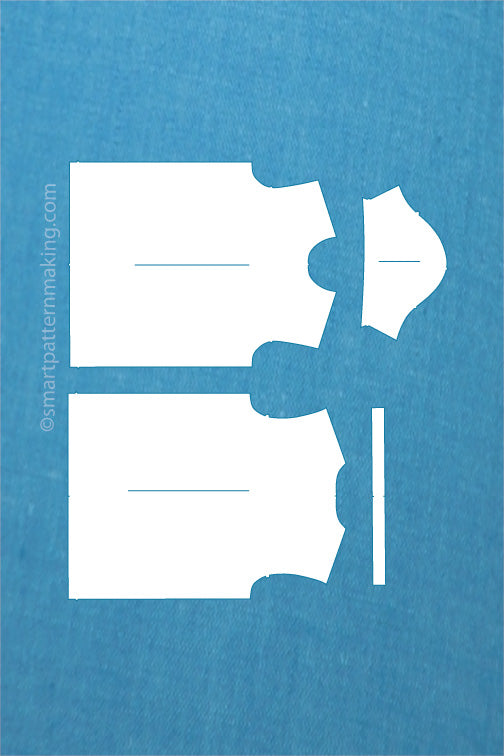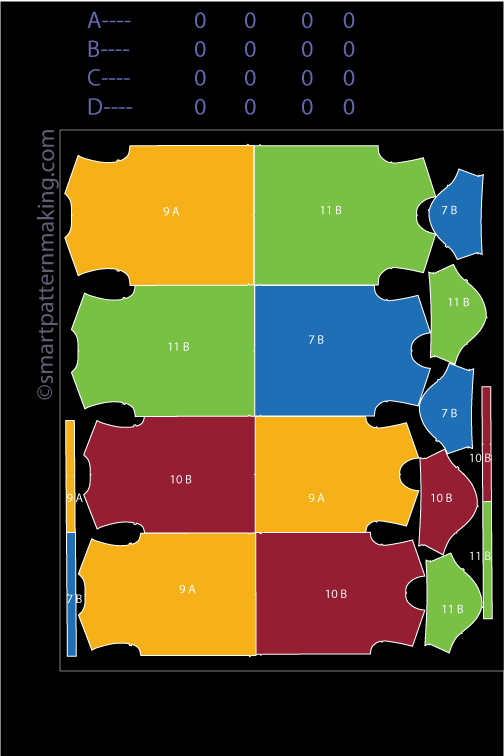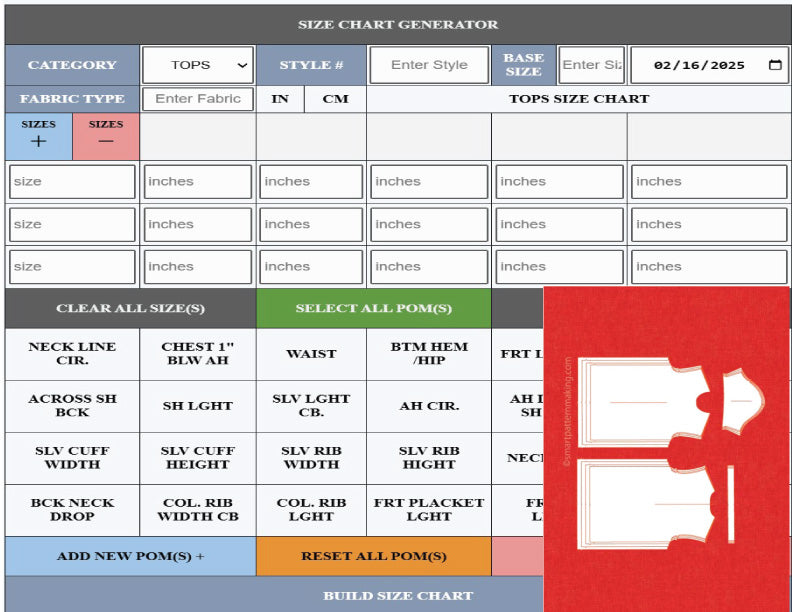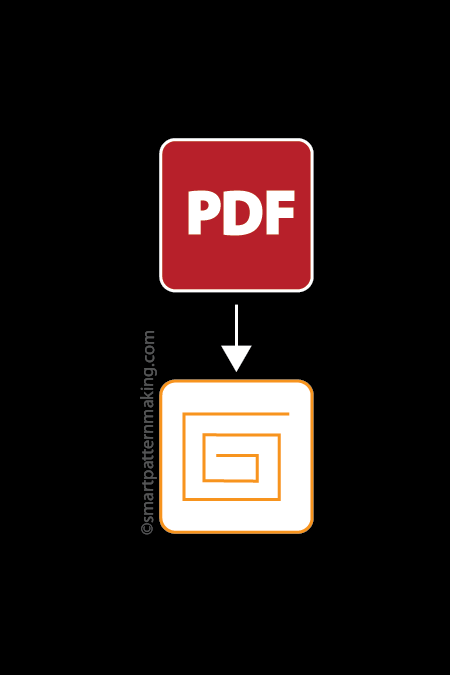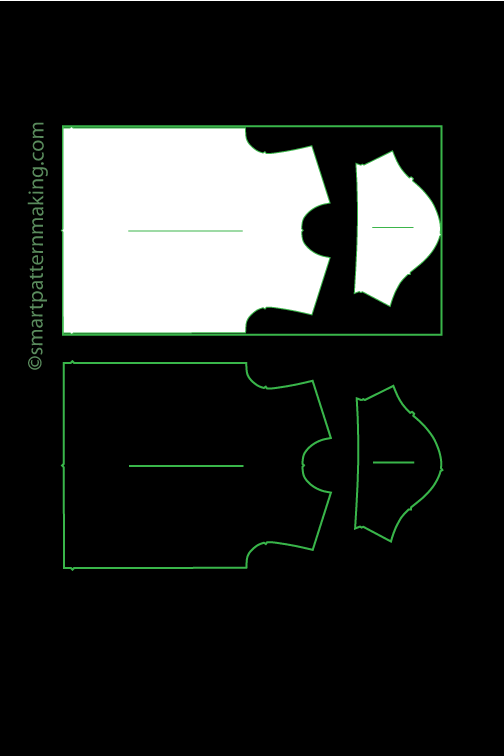The term “pattern grading” may sound awfully fancy to a layman at first, but after having read up on all that this process entails, you will have no problem employing it yourself for numerous purposes such as shirts pattern resizing, tops pattern grading, and even hoodies pattern grading.
The process of increasing or decreasing the overall size of a pattern is essentially referred to as grading. While doing so, one must keep in mind to maintain the overall fit, shape, balance, and the scale of the original design.

The Basic Concept of Grading
The concept of grading holds some amount of historical significance; it came into existence with the advent of commercial patterns as well as the mass production of pattern-built clothing about 150 years ago. If someone aimed to properly and efficiently fit a pattern into a variety of sizes, each pattern piece had to be graded.
You can compare and contrast this with modern times, where pattern companies and apparel manufacturers just take a middle-sized pattern, which is typically a size 12, and then grade it up for larger sizes and grade it down for smaller sizes.
Methods of Grading
There are three basic methods of grading that are employed in modern times:
1. Computer Grading
This is the most contemporary method of grading that has come to light. While undoubtedly being the fastest method, it proves to be an investment that only extensive manufacturing companies can afford. Contrarily, sophisticated home computer software is gradually becoming affordable.
2. Pattern shifting
Pattern shifting is the method of increasing the dimensions of a pattern by moving it a calculated distance up/down and left/right and redrawing the outline. This essentially produces the same results as the cut-and-spread method stated below.
3. Cut-and-Spread Method
This method is by far the easiest one and serves as a foundation for the other two methods. It entails cutting the pattern and spreading the pieces by a specific amount in case of wanting to grade up or overlapping them to grade down. You don’t require any “special” tools; just scissors, tape, markers, and a ruler.
Grading VS Alteration
There is a major underlying difference between grading and alteration; the former entails increasing or decreasing the size based on a standard difference between sizes whereas the latter entails making the size of the pattern conform to a person’s figure specifically.
It should be noted that grading is not intended to change the shape of the pattern rather only make it larger or smaller. Grading also showcases the fact that people of different sizes vary in proportions; they aren’t uniformly different.
The Grading Process
1. Body Measurement
First and foremost, you need to accurately measure your base pattern. Most times, these measurements are readily available on the pattern envelope. In case they aren’t, you can measure the pattern as is.
In order to determine the measurements of the sewn garment as opposed to the size of the paper pattern, you need to keep two things in mind; accounting for all design details and measuring the pattern from seam line to seam line.
Now, you need to address the variation between the pattern and body measurements. To measure yourself, wear undergarments that fit you well, and hold a measuring tape around your waist. Make sure it’s not tight.
2. Establishing the Grade
Now comes the real question: “To what extent should I grade up in case the pattern is too small? Or, how much to grade down in case it’s too big?”. To establish this, you need to simply calculate the variation between the pattern and the body measurements. There are basically two types of overall grades:
• An even grade
This means that the waist, bust, and hip measurements change the same amount from one size to another. As an example, a pattern measuring 35-27-37, with a body measurement of 37-29-39, has a variation of 2 inches between each measurement. The overall grade would be 2 inches.
• An uneven grade
This is the overall grade in case the differences between these measurements are not equal. This alters the overall shape and size of a garment. Therefore, uneven grading, technically, isn’t even grading.
3. Grading the Pattern
After having established an even grading, you can employ the cut-and-spread method. This can be used in any case; shirts pattern resizing, tops pattern grading, or hoodies pattern grading. Just use your measurements to do some easy calculations, form the cut lines on your pattern, and then spread the calculated amount at each cut line.
Bottom Line
After having read up on grading and everything that it entails, it goes without saying that the process can be quite simple and straightforward. So, whether you’re working on shirts pattern resizing, tops pattern grading, or hoodies pattern grading, always start with these basics.
Ready to start grading your patterns? Click the get started button below. We are apparel industry pattern grader professionals with 30 plus year experience in pattern grading and resizing.
Alejandro Esparza: Co-Founder @ smartpatternmaking.com /Professional Pattern Maker/ Technical Designer/ Startup Advisor and acknowledged in the garment industry as authority in pattern making and pattern design process. He has the ability to work with small entrepreneurial companies’ private label customers and large organizations. Alejandro is a graduate of Los Angeles Trade Technical College Fashion Design Program. He has over 25 years of apparel garment industry experience and is part of Expert Ezine Articles Authors community since December 25, 2008 and has published multiple articles about the garment industry. Copyright © by Alejandro Esparza. All Rights Reserved. No part of this article may be copy or used without written Permission from Alejandro Esparza the Author.

